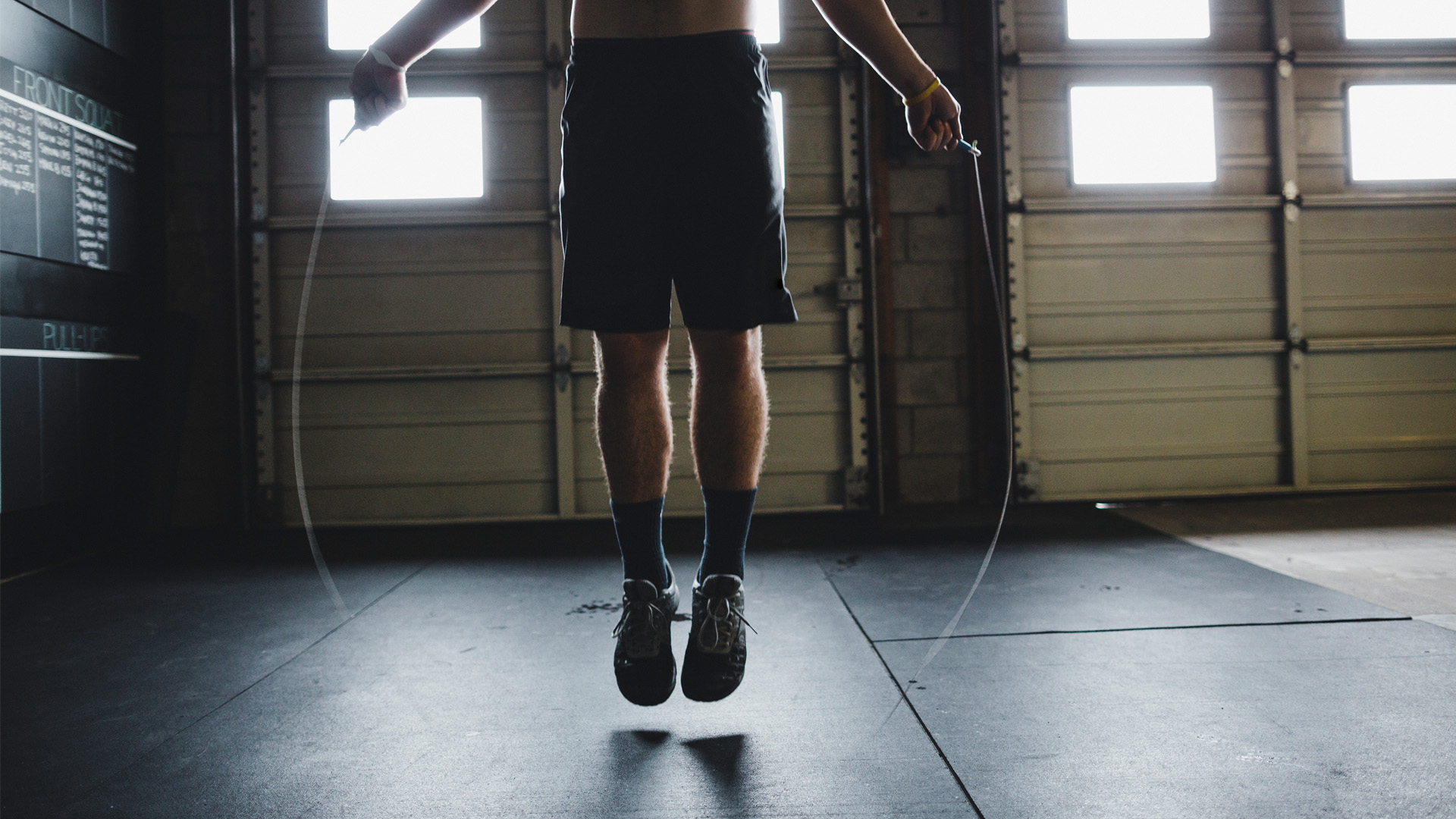How to stay in shape and exercise whilst travelling

Business executives, politicians and sports people travel extensively pursuing their careers in a now highly globalized world. But are these ‘road warriors’ writing cheques their bodies, and minds, can’t cash? Or, in this new edition of human evolution, do we just need to learn how to adapt to this unique form of stress? Could physical exercise be the key?
The dynamics of executive travel
A major contributor to executive travel stress (ETS) is jet lag. The rapid travel across time zones disrupts the body’s circadian rhythm, something human bodies are not well prepared to deal with. Even highly-conditioned army soldiers have reported having numerous negative effects of Jet Lag, including fatigue, weakness, headaches, sleepiness and irritability, which only diminished by the 5th day, post travel.
Jet lag is not the only contributor to ETS however. It can also be affected by other elements of travelling, such as poor eating and drinking habits, long periods of sitting still, vulnerability to gastro-intestinal distress and even emotional anxiety. All this is a serious detriment to work productivity and physical condition.
Within the world of motorsports and Formula One, managing ETS is taken extremely seriously. When the margins of performance are so narrow, staying physically fit, healthy, mentally sharp, well rested and motivated can be the difference between winning or losing.
“I need to be in peak condition every time I get in the car if I want to perform at my optimum. Managing the stress of travel is a major part of this.” – Romain Grosjean, Formula One Driver
Managing travel stress and being active
Staying in peak condition on the road requires a holistic approach. Adjusting an individual’s circadian rhythm plays a major role in managing ETS by off-setting jet lag. Likewise, being nutritionally smart, health-aware and mentally resilient will also help. However, physical activity can play a significant role, both directly in managing ETS and in maintaining peak physical and mental condition.
Hintsa Travel Workout Guide
Get your free copy and stay fit on the road:
In my experience, physical activity can be the first to suffer during long-distance travel, even though exercise is absolutely vital in maintaining optimum performance and productivity, whether that is in Formula One or in a business setting. There are numerous benefits of physical activity during travel which can counter ETS:
- Mitigates long sedentary periods
- Boosts immune system
- Aids in sleep quality
- Promotes brain growth in areas of memory and learning
- Can reduce anxiety and depressive symptoms
- Strengthens the ‘core’ by promoting self-control
- Helps adjust circadian rhythms by smart-timing of exercise sessions
The nature of air travel creates long periods of inactivity which appear impossible to reduce. However, with a few smart adaptations activity can be incorporated.
“Taking the stairs and skipping the travellators can contribute to 10,000 steps, sometimes just from a single airport transit.” – Callum Repper, Performance Coach for Motorsports
Ways to add exercise to your travel
In addition to the ‘airport exercise’ mentioned by my colleague Callum, I find there are four more opportunities for activity:
- Plane conditioning – Stretching, body weight exercises (e.g. calf raises and squats) and regular short walks can go a long way to reducing travel swelling
- Hotel gyms/pools – Some are well equipped and provide a very convenient time efficient way to get a quick daily 20-30mins training.
- Exploring – My personal favourite. Going for a walk, run or cycle around a new location is a great way of discovering local cultures and scenery. Time this right and it can really help to get over the jet lag by exposure to natural light at the right time or by helping to delay bed time.
- Room workouts – Even if the hotel has no facilities and you haven’t the time to exercises outside there is still a lot that can be achieved in your room.
There are a great variety of exercises you can do without any equipment; add in a TRX (suspension training system, that hooks up to a door), resistance band or skipping rope and the possibilities are endless. So next time you travel, challenge yourself to be more physically active. See if you can get 10,000 steps done even on a travel day. Explore the local scenery with a walk or run, or make an effort to squeeze that morning or evening 20-minute workout in. I guarantee you will feel energised, stay healthier and perform better.



